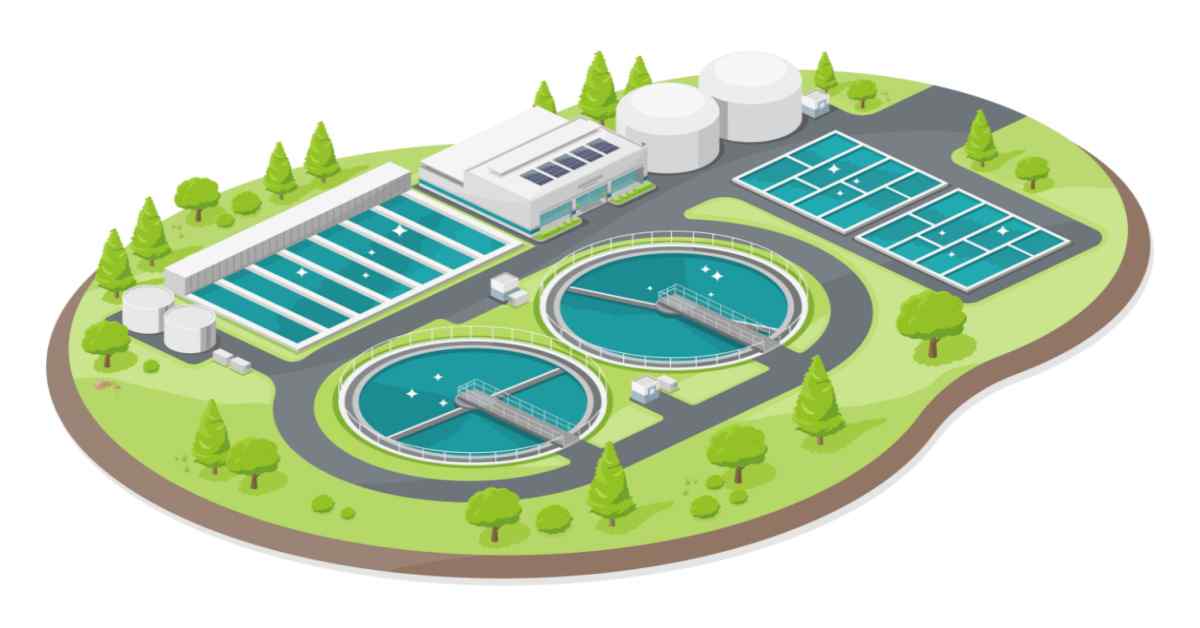Trustworthy Wastewater Options for Sustainable Living and Industry
Trustworthy Wastewater Options for Sustainable Living and Industry
Blog Article
Recognizing Wastewater Therapy Processes and Their Environmental Influence
The complexities of wastewater therapy procedures play a pivotal role in mitigating environmental difficulties connected with water pollution. Each stage, from preliminary to advanced treatments, is made to address particular pollutants, eventually securing both public wellness and marine environments.
Overview of Wastewater Therapy
Exactly how is wastewater transformed right into a risk-free resource for the environment? Wastewater treatment is a vital procedure designed to get rid of pollutants from used water, thus safeguarding public health and wellness and shielding ecosystems. This process begins with the collection of wastewater from property, industrial, and commercial resources, which is after that guided to treatment centers.
At these facilities, numerous physical, chemical, and organic approaches are employed to treat the wastewater. Subsequently, organic treatments, such as turned on sludge processes, make use of microorganisms to break down organic matter.
The dealt with effluent can be securely discharged into all-natural water bodies or reused for watering and commercial objectives, advertising source conservation. Additionally, the treatment procedure creates biosolids, which can be repurposed as plant foods or soil amendments, even more enhancing sustainability.
Phases of Treatment Procedures
The wastewater therapy procedure usually is composed of three main stages: preliminary, primary, and second treatment. Each phase offers a distinct duty in decreasing the contaminant load and making sure the effluent fulfills environmental standards before discharge.

The main treatment phase concentrates on the physical separation of suspended solids from the wastewater. With sedimentation, larger fragments clear up at the end of sedimentation containers, forming sludge, while lighter products, such as oils and oils, float to the surface area and are skimmed. This procedure substantially decreases the organic and inorganic tons in the wastewater.
Second therapy is an organic procedure aimed at further minimizing the focus of organic matter. This phase is important for attaining the required biochemical oxygen need (BODY) decrease, eventually leading to cleaner effluent all set for discharge or more therapy.

Advanced Treatment Technologies
Following the second treatment procedures, progressed therapy innovations play a vital duty in further boosting the quality of dealt with wastewater. These technologies are created to remove recurring impurities that are not successfully removed during main and secondary treatments, making certain the effluent meets rigid governing standards.
Amongst the extensively utilized sophisticated therapy methods are membrane purification, reverse osmosis, and advanced oxidation processes. Membrane layer purification, including microfiltration and ultrafiltration, works in dividing great particles, microorganisms, and colloids from the water (Wastewater). Reverse osmosis makes use of semi-permeable membranes to remove dissolved solids, causing top quality water appropriate for numerous applications
Advanced oxidation procedures (AOPs) employ strong oxidants to break down natural pollutants, including pharmaceuticals and personal treatment items that are immune to conventional treatment. These techniques boost the biodegradability of complex compounds, facilitating their elimination.
One more substantial modern technology is making use of organic nutrient removal processes, which especially target nitrogen and phosphorus, stopping eutrophication in getting water bodies. On the whole, advanced therapy technologies are vital for attaining higher levels of filtration, advertising water reuse, and safeguarding public health while dealing with the difficulties connected with wastewater monitoring.
Ecological Advantages of Therapy
Numerous ecological benefits emerge from reliable wastewater therapy procedures that add to ecosystem health and wellness and sustainability. Largely, these processes substantially lower the release of unsafe pollutants right you could try this out into natural water bodies, which aids keep marine ecosystems. By removing pollutants such find more as hefty steels, nutrients, and microorganisms, treated wastewater reduces the risk of waterborne illness and advertises biodiversity in marine environments.
In addition, wastewater therapy facilities commonly utilize sophisticated technologies that allow water recycling and reuse. This technique not just conserves freshwater resources however also reduces the demand on natural water products. Improved nutrient removal from wastewater can likewise prevent eutrophication, a procedure that results in algal blooms and succeeding oxygen depletion in marine systems.
Furthermore, reliable treatment procedures can reduce greenhouse gas exhausts, especially methane and nitrous oxide, which are typically launched throughout untreated wastewater decay. By capturing and utilizing biogas from anaerobic digesters, centers can convert waste right into renewable resource, thus adding to a decrease in fossil gas dependence.
Obstacles and Future Fads
While the environmental benefits of wastewater treatment are clear, a number of challenges persist that impede ideal outcomes in this area. One major problem is aging infrastructure, which frequently causes ineffectiveness and enhanced functional costs - Wastewater. Lots of therapy plants were created decades earlier, and their capacities do check this not straighten with contemporary demands, that include stricter regulatory requirements and greater volumes of wastewater as a result of urbanization
Looking in advance, there is a growing emphasis on source healing and round economic situation concepts within wastewater therapy. Advancements such as anaerobic food digestion, which can create biogas, and advanced purification modern technologies are obtaining traction. These approaches not just enhance therapy performance but additionally advertise sustainability.
Ultimately, addressing these difficulties calls for partnership amongst stakeholders, financial investment in innovation, and a commitment to recurring research. By accepting these patterns, the wastewater therapy field can advance to satisfy the demands of a transforming setting and culture.
Conclusion
Finally, wastewater therapy procedures play an essential duty in improving environmental high quality and public wellness. The multi-stage treatment framework, combined with advanced modern technologies, efficiently mitigates contamination and promotes sustainable water monitoring. By addressing residual impurities and minimizing vitamins and mineral runoff, these procedures contribute to the preservation of water ecological communities and the reduction of greenhouse gas emissions. Continued developments and adjustments in therapy methods will certainly be essential for getting over emerging difficulties and making sure the sustainability of natural deposits (Wastewater).
Report this page